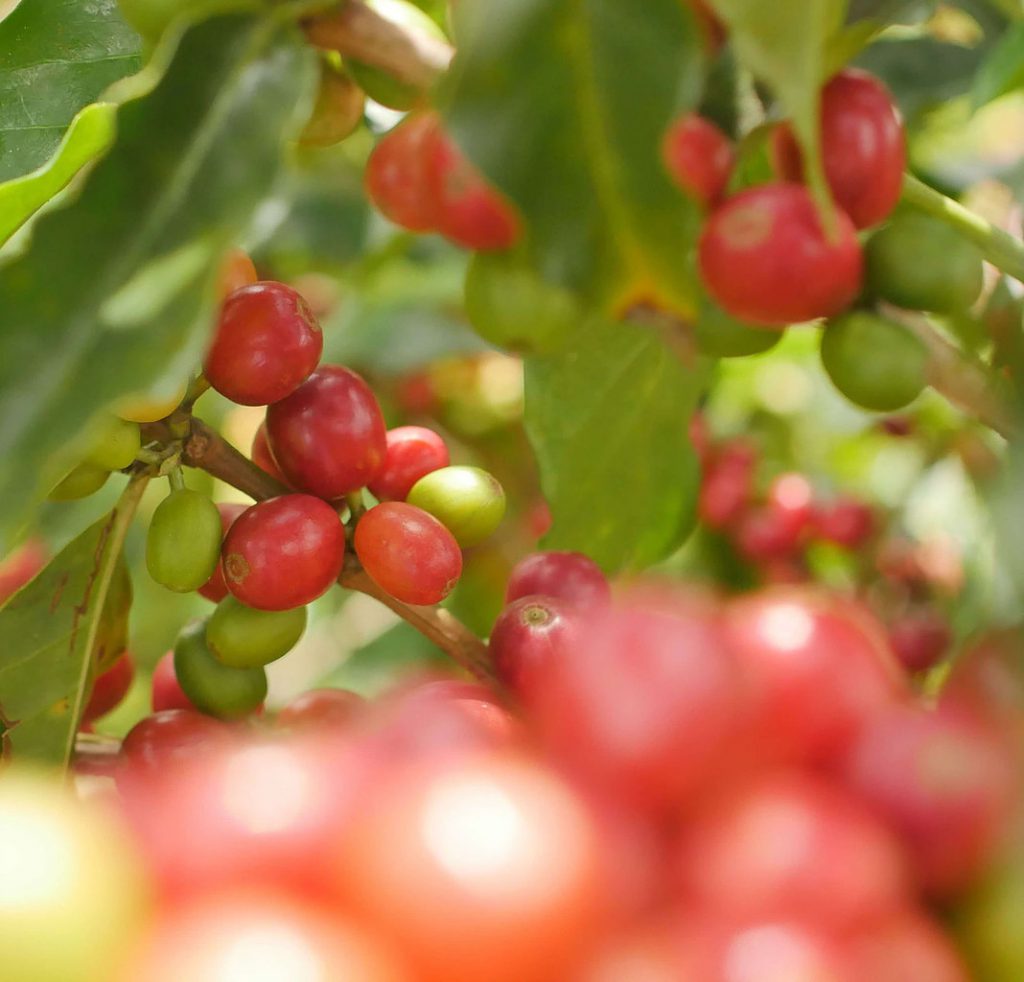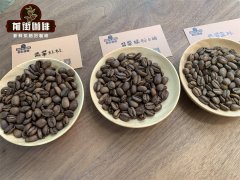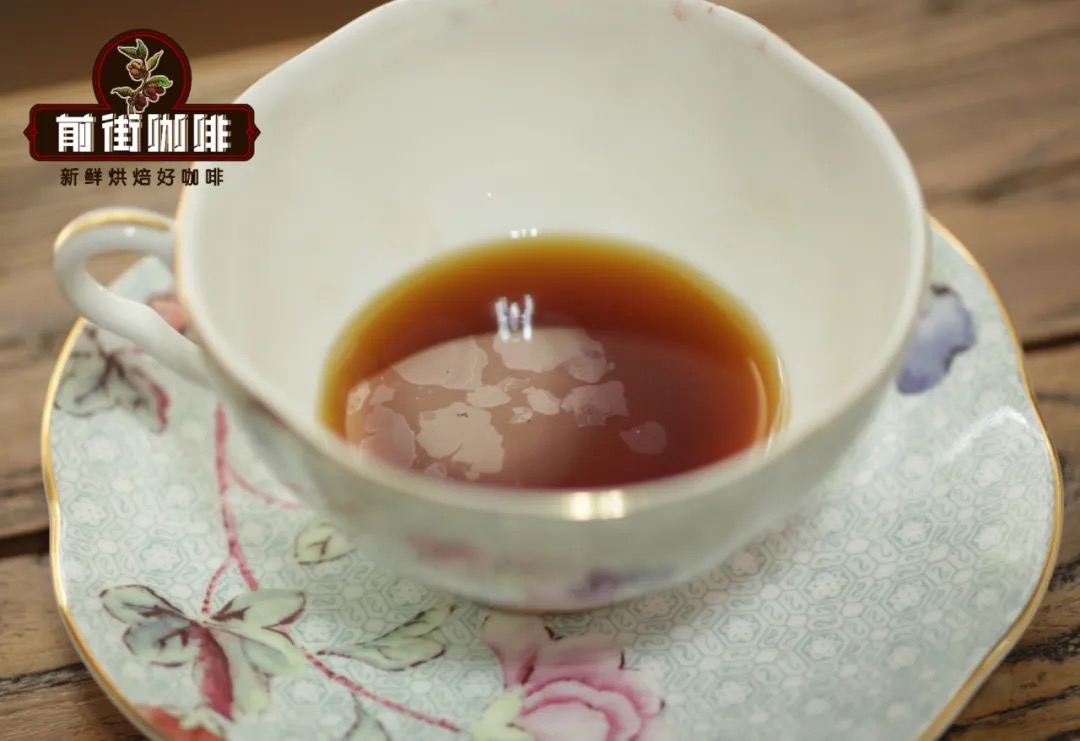Adverse conditions for Burundian Coffee Export how are Burundian coffee micro-batches exported
Coffee production in Burundi is like a roller coaster: during the country's time as a Belgian colony, coffee was a cash crop that was mainly exported to Europe or met European demand for coffee in other colonies. Under Belgian rule, Burundian farmers were forced to plant a certain number of coffee trees each-of course, they received little money or recognition for their work.
When the country gained independence in the 1960s, the coffee industry (and others) was privatized and deprived of control from the government, unless research or price stabilization and intervention were necessary. However, coffee bean cultivation left a bad taste and fell out of favor. The quality declines and the coffee trees are torn up or abandoned.
After the civil war-ravaged 1990s and the almost complete destruction of the country's economy, coffee gradually became a possible means of restoring the agricultural sector and increasing foreign exchange. In the first decade of the 2000s, inspired in large part by the success of coffee reconstruction in neighbouring Rwanda, investment in the coffee sector in Burundi increased, some healthy balance between private and public coffee companies and facilities created more opportunities and stability, and helped Burundi to establish itself as an emerging African coffee grower, despite its small size and historical turmoil.
Like Rwanda and, to a lesser extent, the Democratic Republic of the Congo, Burundi is grappling with the infamous "potato defect", a microbe that provides infected beans with a flavor and aroma similar to that of raw potatoes. and parchment, green or roasted coffee cannot be detected by the naked eye. The research work to eradicate this defect shows hope, and we look forward to the day when potatoes become a distant memory.
Micro batch
Like many of its neighbours in Africa, Burundi produces small quantities almost by default: each farmer owns less than one hectare of land on average and delivers cherries to the centralized desizing and cleaning station SOGESTALs (Socio é te de Gestion des Stations de D é pulpage Lavage), and it may take longer than the manufacturer to create a lot of things.
This procurement method is almost impossible, if not impossible, to obtain batches of a single producer, a single farm or a single variety; on the contrary, coffee is usually sold under the name of a washing station. At Kayanza, there are 21 washing stations, including familiar names on the Cafe Imports product page: Gackowe, Butezi, Gatare and Kiryama. )

Depending on the leadership and management of the station, whether private or state-owned, attention to detail will vary greatly in the processing process, and careful classification, fermentation and washing are necessary to create coffee quality and uniformity. The typical processing method in Burundi is somewhat similar to that in Kenya, where it is "dry fermented" for about 12 hours after desizing and then soaked in landscapes for 12-14 hours. The coffee is floated to sort the density, then soaked again for 12-18 hours, and then dried on an elevated bed with parchment.
Every year, buyers of Burundian coffee wait expectantly: the best coffee is often amazing, and those cups have the highest test scores. These are candy coffee: fig jam, floral flavor, citrus flavor. However, before anyone thought of finding (and paying for) boutique coffee here, these batches were lost in bulk commercial exports. Jason A. Long, Director and CEO of Cafe Imports Purchasing, is one of Burundi's first flagship specialty coffee producers, and he remains committed to discovering and launching the most distinctive, structured acidity microbatches of products, and, yes, there are many highlights.
Important Notice :
前街咖啡 FrontStreet Coffee has moved to new addredd:
FrontStreet Coffee Address: 315,Donghua East Road,GuangZhou
Tel:020 38364473
- Prev

Does Panamanian Coffee have only Rosa varieties? is Panamanian Coffee suitable for hanging ears?
Panamanian coffee arrived with European immigrants in the 19th century, about 50 years after the country's independence from Spain, but as an agricultural product, it did not really gain a foothold until, so to speak, the past 20 years. In contemporary Panama, coffee comes mainly from the two main indigenous groups, the Bugle and Ngobe, and is usually privately owned by immigrants from Europe or North America or their descendants.
- Next

How do you drink black coffee? The Best Taste temperature of Coffee & can Coffee be reheated when it gets cold
It is not without reason that the phrase "drink coffee while it is hot" is often mentioned by everyone. In front of the street, I remember a brown friend described the cold coffee like this: "after a sip, my skull hurts, and the bitter / sour + wood taste lingers in my mouth, which makes me autistic for a long time." Why can hot coffee taste so bad after cooling? Temperature changes taste, performance and senses.
Related
- Beginners will see the "Coffee pull flower" guide!
- What is the difference between ice blog purified milk and ordinary milk coffee?
- Why is the Philippines the largest producer of crops in Liberia?
- For coffee extraction, should the fine powder be retained?
- How does extracted espresso fill pressed powder? How much strength does it take to press the powder?
- How to make jasmine cold extract coffee? Is the jasmine + latte good?
- Will this little toy really make the coffee taste better? How does Lily Drip affect coffee extraction?
- Will the action of slapping the filter cup also affect coffee extraction?
- What's the difference between powder-to-water ratio and powder-to-liquid ratio?
- What is the Ethiopian local species? What does it have to do with Heirloom native species?

